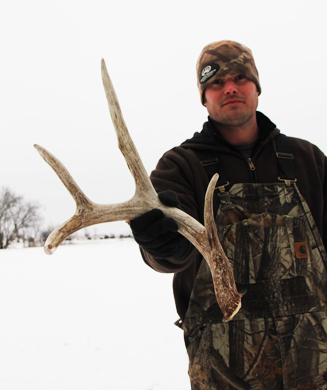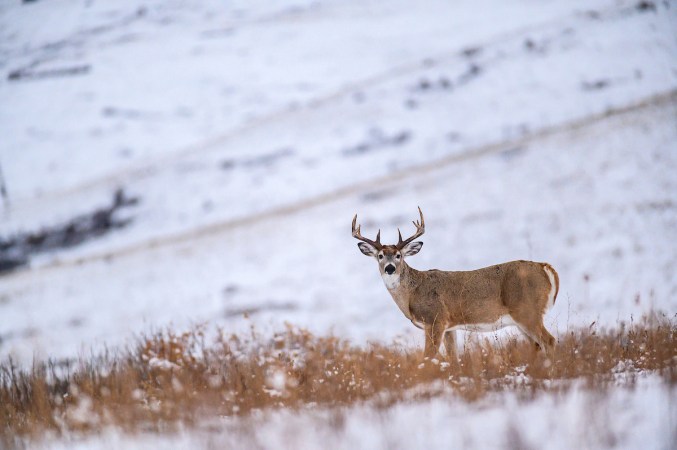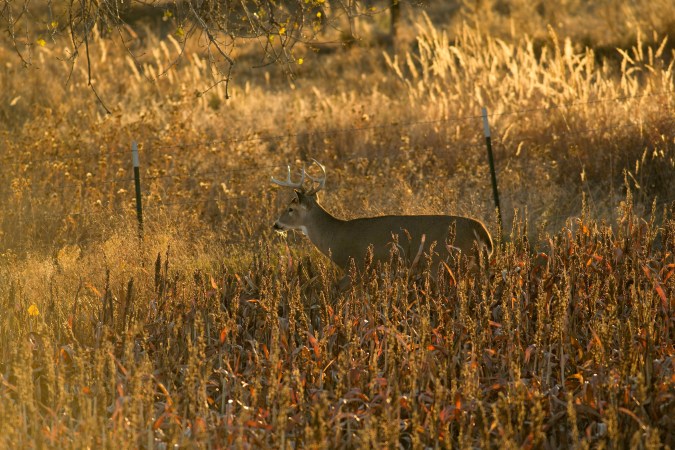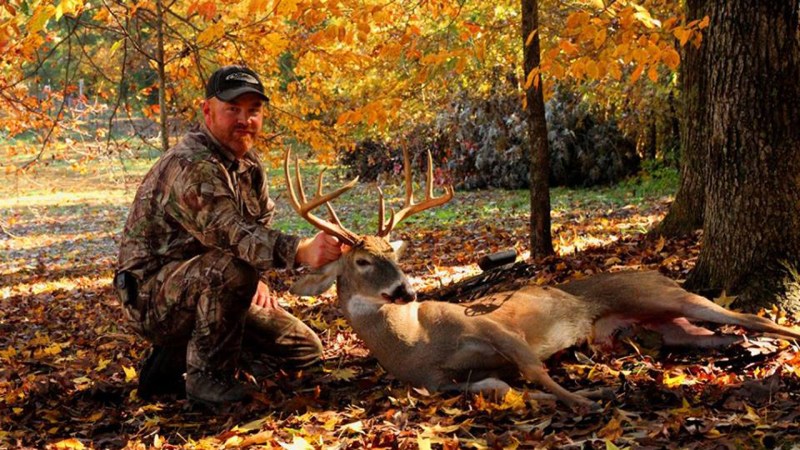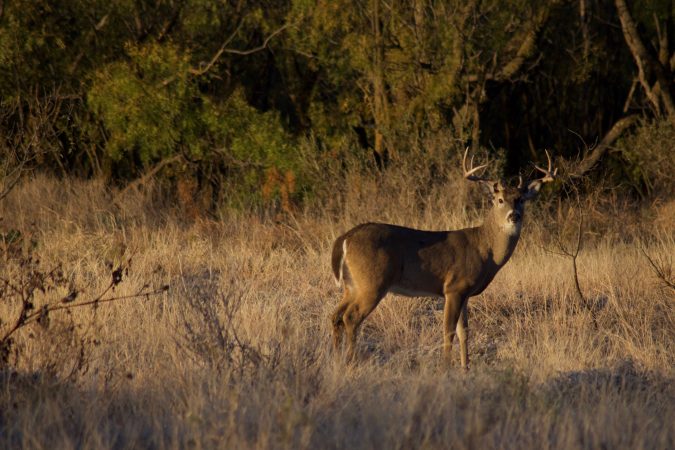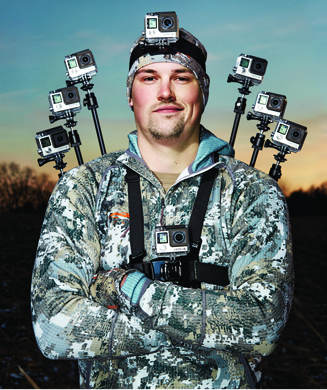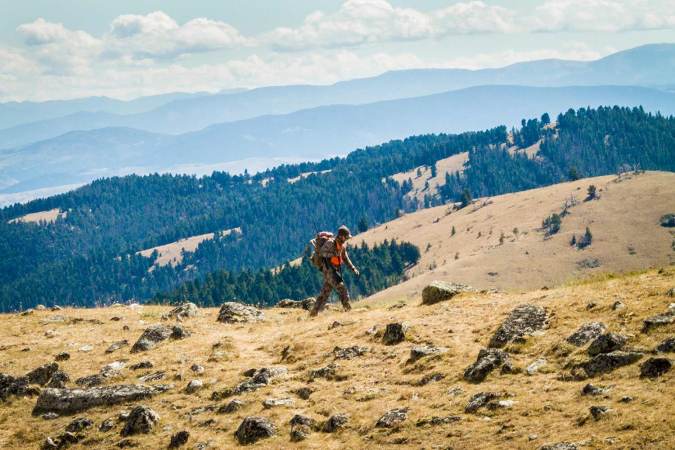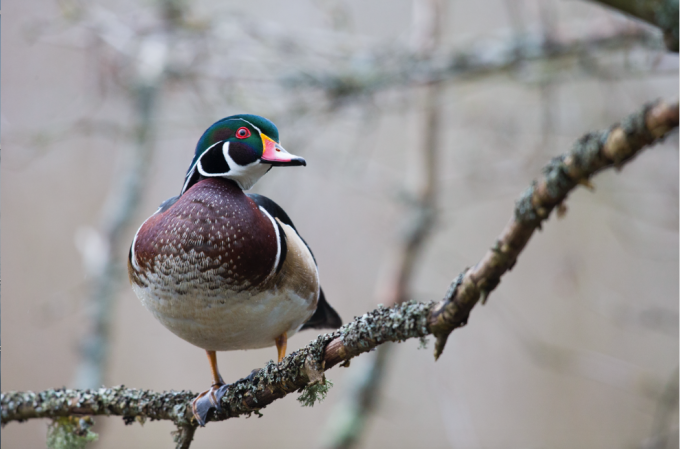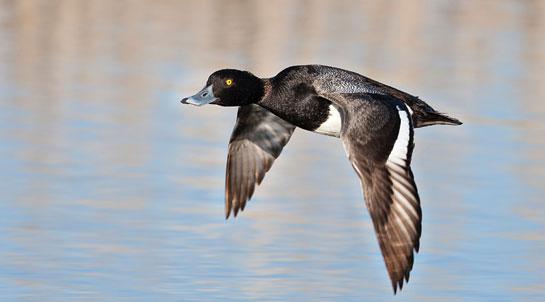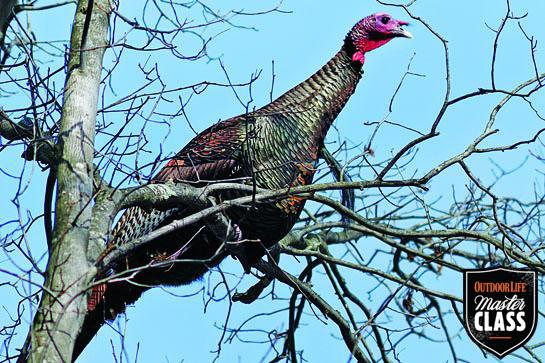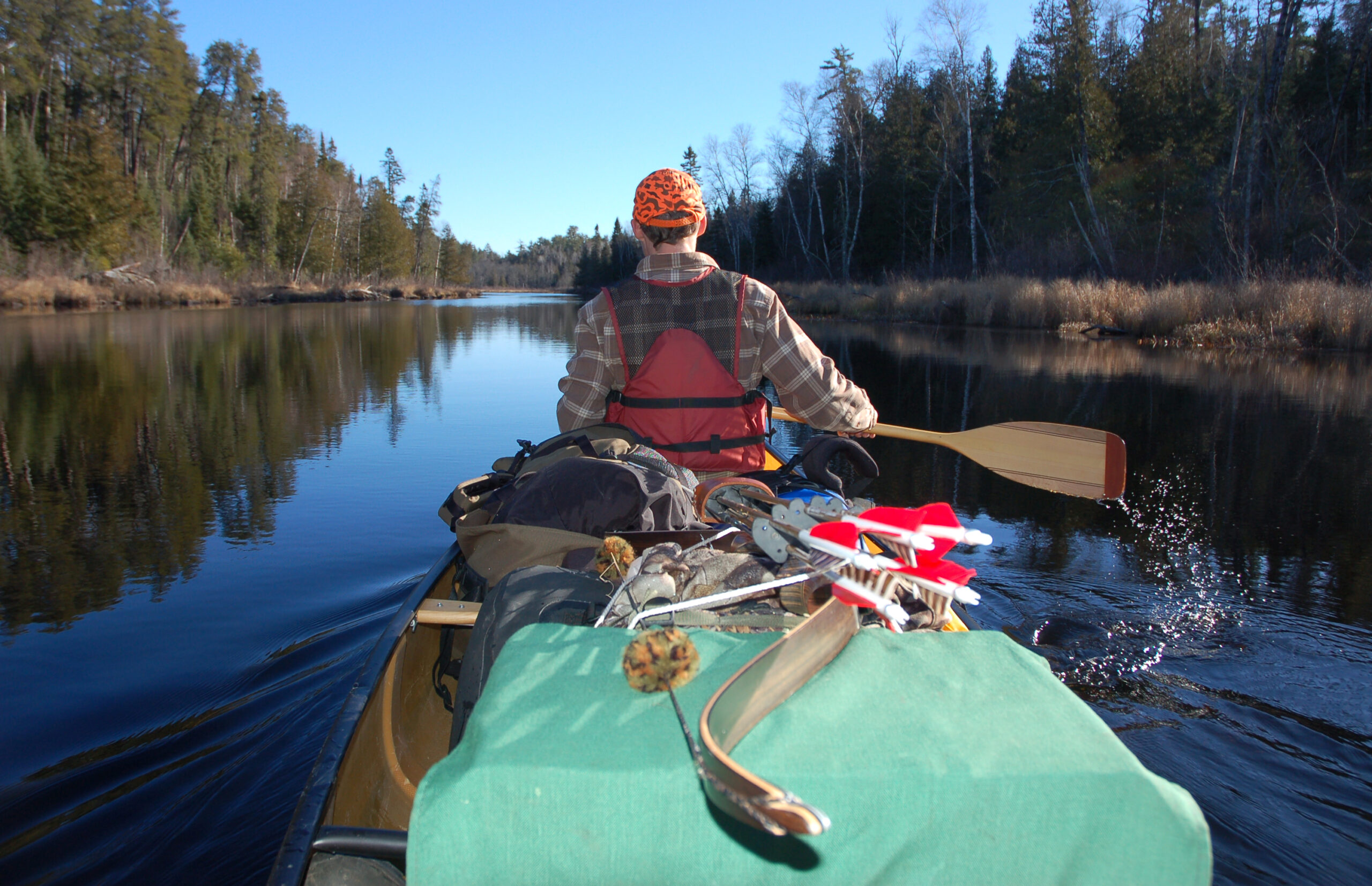
Looking for more public-land hunting success this fall? One of the fastest and easiest ways to improve your odds is by hunting game that doesn’t see intense pressure (i.e., behaving naturally with plenty of daytime movement), and few things help you leave the competition behind like a stealthy canoe.
This isn’t a novel concept. I was raised on the writings of legendary outdoor scribes Jerome B. Robinson (Outdoor Life, Field and Stream, Sports Afield) and James E. Churchill, who lived in his rustic, handmade log cabin in rural northern Wisconsin. Both of these savvy woodsmen eagerly professed the benefits of using waterways to access isolated multi-species honeyholes. Several decades ago both authors realized that even the tiniest of creeks, rivers, lakes, and swamps can act as barriers in deterring up to 90 percent of less-motivated hunters. The same holds true today.
Then there’s the sheer adventure angle: Inject a canoe—and maybe an overnight stay or two—into a hunt for most any species, and you’ve taken the experience to a whole new level. As a young lad seeking wild adventure, I devoured this advice. And my addiction continues.
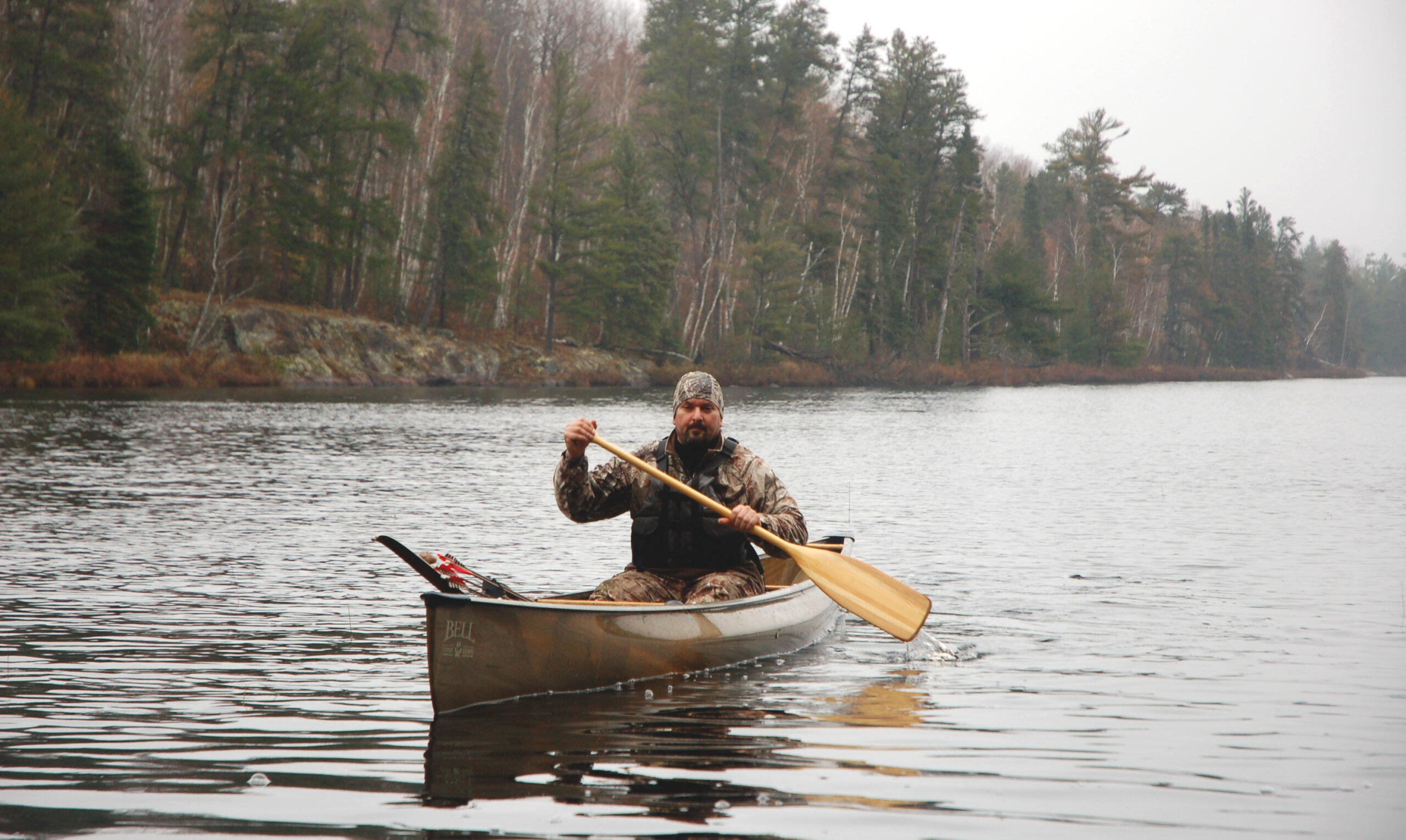
A Whole New Approach
For fast, efficient day-trips, simply car-top your lightweight craft to a river that flows through a county or national forest to access lightly hunted deer, grouse, or turkey haunts. Or haul your boat to a local marsh where isolated islands or high points can be literal deer sanctuaries come fall. You might see some evidence of waterfowlers, but deer hunters? Not likely.
Especially when seeking deer haunts along river systems, your goal should be to scope out areas positioned at least three-quarters of a mile from the nearest public access road. The more isolated, the better: If the nearest public access is from 1.5 to 2 miles away (or more), you’ve hit the jackpot. Distance is a serious obstacle for bowhunters toting all their gear in and out on their back. But even less-daunting obstacles like a deep creek can mean an overlooked honeyhole sits a mere quarter-mile from a public access. You won’t know until you check them out.
The possibilities are nearly endless. On the more adventurous side, I’ve taken several week-long bowhunting trips into northern Minnesota’s Boundary Waters Canoe Area Wilderness—where the only access is on foot or by canoe—and found both big bucks and pristine solitude. Come late October and early November, your only hunt competition will likely be wolves. It’s like hunting the remote Canadian bush country without the required guide. And if you’re like me, that’s a little slice of heaven.
Intrigued? Now is the time to secure your canoe of choice, dig up some maps, and dream and scheme your way to outsmarting the crowds.
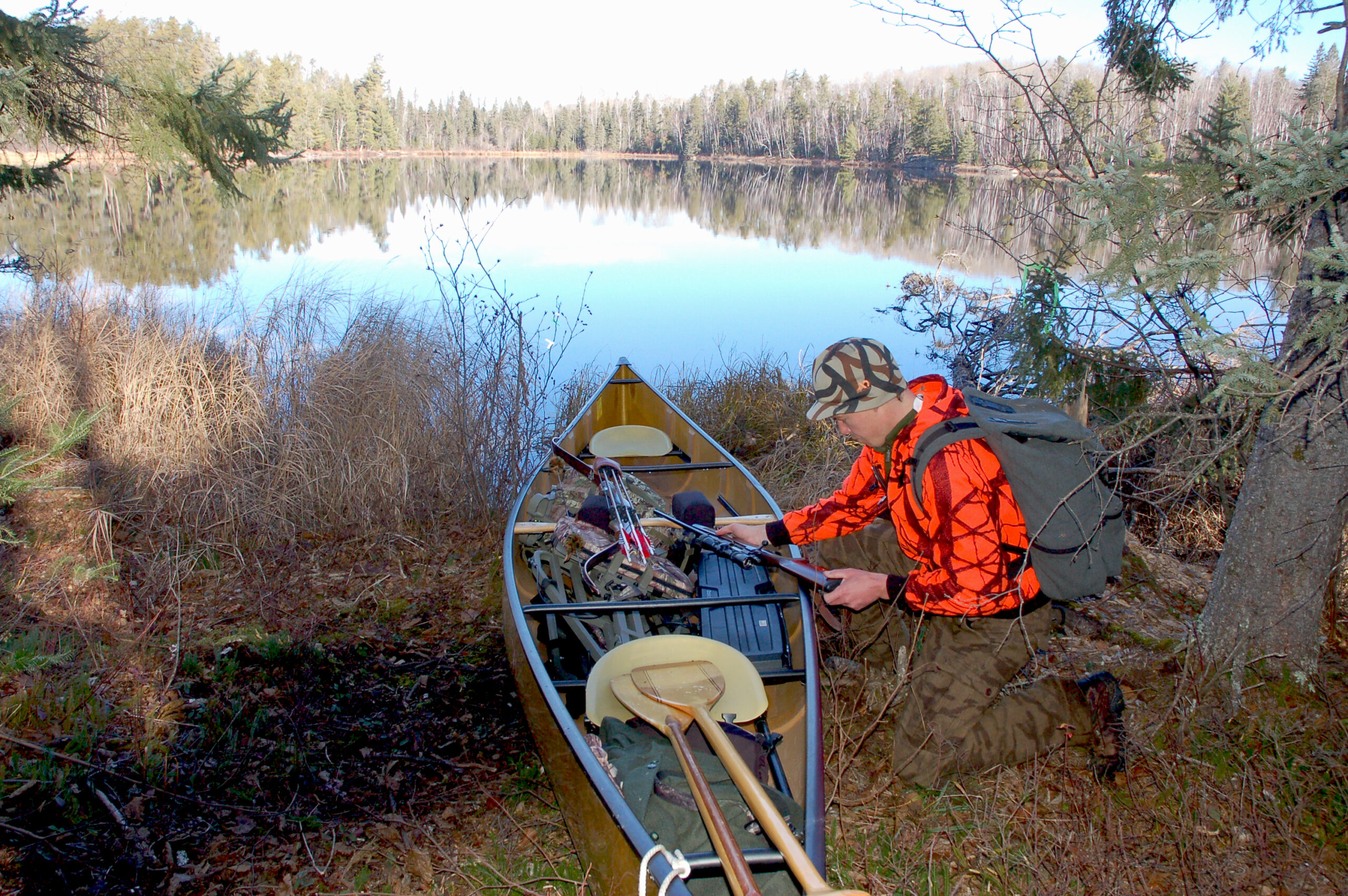
Kayak Or Canoe?
These days it seems kayaks are all the rage in personal watercraft for outdoorsmen—and I must confess, I do love them for angling. But I’ve yet to find one as suitable for hunting as a canoe. One of the big reasons is a canoe’s superior and downright impressive gear-hauling ability. Even an exceptionally compact canoe’s deep, cradle-like design means you don’t have to worry too much about transporting your bow or gun, portable treestand (or two), and fully loaded pack. In most cases you can simply stow and go. Your biggest concern, as with any type of water craft, is balancing the load. But outside of moving water, securing it all down is largely optional. Conversely, kayaks require a litany of straps and bungees to secure even the smallest loads, and even then, typically fall short of being able to haul large, bulky, and heavy items like treestands. And kayaks really struggle when the goal is hauling back an intact deer carcass. In fact, in almost all cases, I wouldn’t recommend a kayak.
Which Models Are Best?
Of course, not all canoes are hunting machines. Time-honored advice is to use models that are extra wide and stable, which can also translate to bulky and heavy. Remember that a great canoe is an investment. While today’s ultralight graphite/Kevlar/composite materials and improved construction technologies can make even larger canoes incredibly light, these days I gravitate to svelte-but-roomy solo models typified by Wenonah’s 16’6″ Prism (32-49 pounds depending on materials), and the slightly larger Quetico 17 by Souris River (42-44 pounds, 17’3″) that can be paddled solo or in tandem.

With ultralight solo models you’ll find on/off car-topping is virtually effortless, and so is lifting the craft from the water to stash in the woods while you hunt. Better yet, if you buy the right boat, you’ll find yourself looking longer and harder for ways to use it on hunting trips throughout the fall. And I guarantee it will lead you to game most others never see.
Anyone looking for more motivation to reach for a paddle when they pack their bow or gun, should pick up “In The Deer Woods” by Jerome B. Robinson. I dare you not to be canoe-hunt inspired once you put it down.


